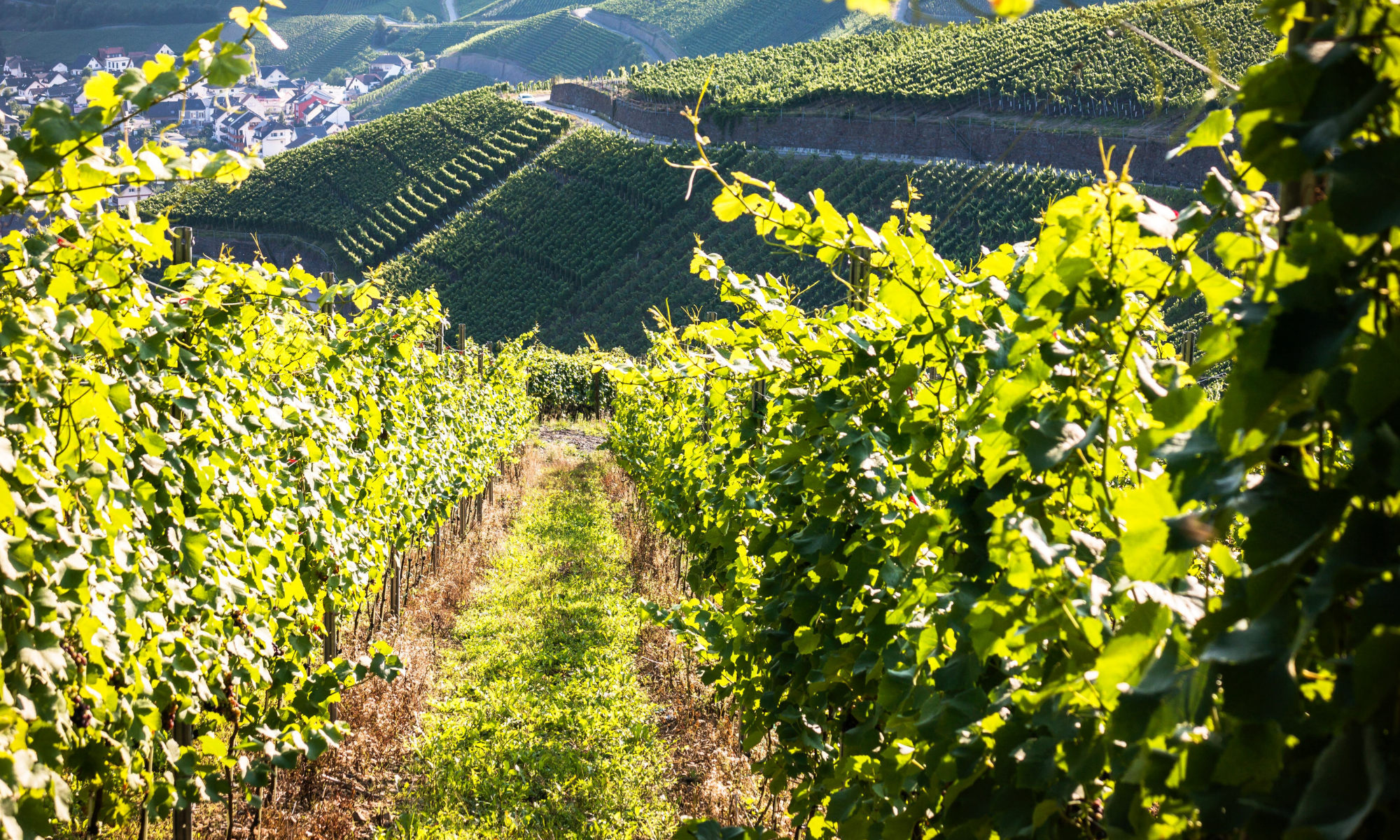
My new Focus on STEM column, Wildfires, is in the May Quick Tips for Schools and Libraries newsletter from Booklist.

It’s STEM Friday! (STEM is Science, Technology, Engineering, and Mathematics)
Copyright © 2025 Anastasia Suen All Rights Reserved.


My new Focus on STEM column, Wildfires, is in the May Quick Tips for Schools and Libraries newsletter from Booklist.

It’s STEM Friday! (STEM is Science, Technology, Engineering, and Mathematics)
Copyright © 2025 Anastasia Suen All Rights Reserved.

How Do You Eat Color?
by Mabi David (Author), Yas Doctor (Illustrator), Karen Llagas (Translator)
@ Amazon | Bookshop
Booktalk: Do you know how red tastes? What about blue, orange, purple, or even white? As a boy, a girl, and their chameleon go through their day, they meet a bounty of colorful fruits and vegetables. They wake up with bright tomatoes and hibiscus, taste sunshine in yellow pineapples and mangoes, yawn with purple yams, and drift off to sleep as the colors darken to black. (Translated from Filipino)
Snippet:


It’s STEM Friday! (STEM is Science, Technology, Engineering, and Mathematics)
Copyright © 2025 Anastasia Suen All Rights Reserved.

Zero! The Number That Almost Wasn’t
by Sarah Albee (Author) and Chris Hsu (Illustrator)
@ Amazon | Bookshop
Booktalk: How did math work before zero existed? This nonfiction book unpacks a fascinating history of a number we can’t imagine our current world without.
Snippet:


It’s STEM Friday! (STEM is Science, Technology, Engineering, and Mathematics)
Copyright © 2025 Anastasia Suen All Rights Reserved.

Moon Matching Game
by NASA
Booktalk: The first Friday in May is Space Day. Use this matching game with NASA photos of moon phases and famous spacecraft with the books about space already in your collection.

It’s STEM Friday! (STEM is Science, Technology, Engineering, and Mathematics)
Copyright © 2025 Anastasia Suen All Rights Reserved.

Nature’s Tiny Champions: The Big Book of Little Creatures Doing Mighty Things
by Ben Lerwill (Author) and Nic Jones (Illustrator)
@ Amazon | Bookshop
Booktalk: Featuring 20 little animals, from the nocturnal dung beetle, cape dwarf chameleon, and golden poison frog to the bumblebee bat, reef starfish, and bee hummingbird, this oversized nonfiction guide reveals how even the tiniest insects, invertebrates, amphibians, reptiles, mammals, and birds can play key roles in natural phenomena such as migration, food chains, and pollination.
Snippet:


It’s STEM Friday! (STEM is Science, Technology, Engineering, and Mathematics)
Copyright © 2025 Anastasia Suen All Rights Reserved.

My First Town: A Building Block Book
by Merrill Rainey (Author / Illustrator)
@ Amazon | Bookshop
Booktalk: Watch as young minds come alive as they pop out pieces, then fold and glue together a town filled with buildings, vehicles, and friendly faces.
Snippet:


It’s STEM Friday! (STEM is Science, Technology, Engineering, and Mathematics)
Copyright © 2025 Anastasia Suen All Rights Reserved.

Blossom Origami
by Clover Robin (Illustrator)
@ Amazon | Bookshop
Booktalk: With 13 nature-inspired origami step-by-step patterns, this activity book has origami inspiration, original art, and extracts from well-loved nature poems, as well as 50 sheets of origami paper. The three difficulty levels are clearly marked and the QR code links aspiring origami artists to how-to videos that cover all pieces and steps in the book.
Snippet:


It’s STEM Friday! (STEM is Science, Technology, Engineering, and Mathematics)
Copyright © 2025 Anastasia Suen All Rights Reserved.

The Six — Young Readers Edition: The Untold Story of America’s First Women Astronauts
by Loren Grush (Author) and Rebecca Stefoff (Author)
@ Amazon | Bookshop
Booktalk: Sally Ride may have been the first US woman in space, but did you know there were five other incredible American women who helped blaze the trail for female astronauts by her side?
When NASA sent astronauts to the moon in the 1960s and 1970s, the agency excluded women from the corps, arguing that only military test pilots—a group women were also aggressively barred from—had the right stuff. But as the 1980s dawned so did new thinking, and six elite women scientists—Sally Ride, Judith Resnik, Anna Lee Fisher, Kathy Sullivan, Shannon Lucid, and Rhea Seddon—set out to prove they had exactly the right stuff to become the first US women astronauts.
Snippet:


It’s STEM Friday! (STEM is Science, Technology, Engineering, and Mathematics)
Copyright © 2025 Anastasia Suen All Rights Reserved.

My new Focus on STEM column, Our Amazing Earth, is in the March Quick Tips for Schools and Libraries newsletter from Booklist.

It’s STEM Friday! (STEM is Science, Technology, Engineering, and Mathematics)
Copyright © 2025 Anastasia Suen All Rights Reserved.

Influential Women in Mathematics
by Shasta Clinch (Author)
@ Amazon | Bookshop
Booktalk: This chapter book introduces four women who have contributed to the field of mathematics. The first is Hypatia (hih-PAH-tyah) who was born in Alexandria, Egypt, in the mid-300s AD.
Snippet: Hypatia helped her father with his work. Soon she became an expert at math. She was one of the first female mathematicians.

It’s STEM Friday! (STEM is Science, Technology, Engineering, and Mathematics)
Copyright © 2025 Anastasia Suen All Rights Reserved.